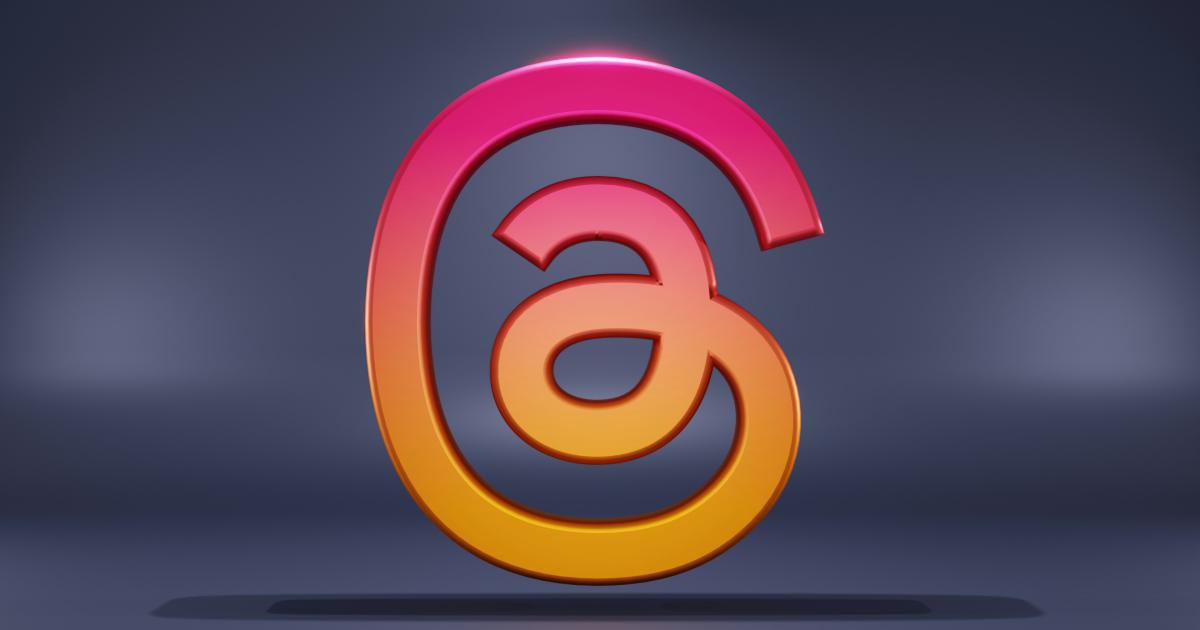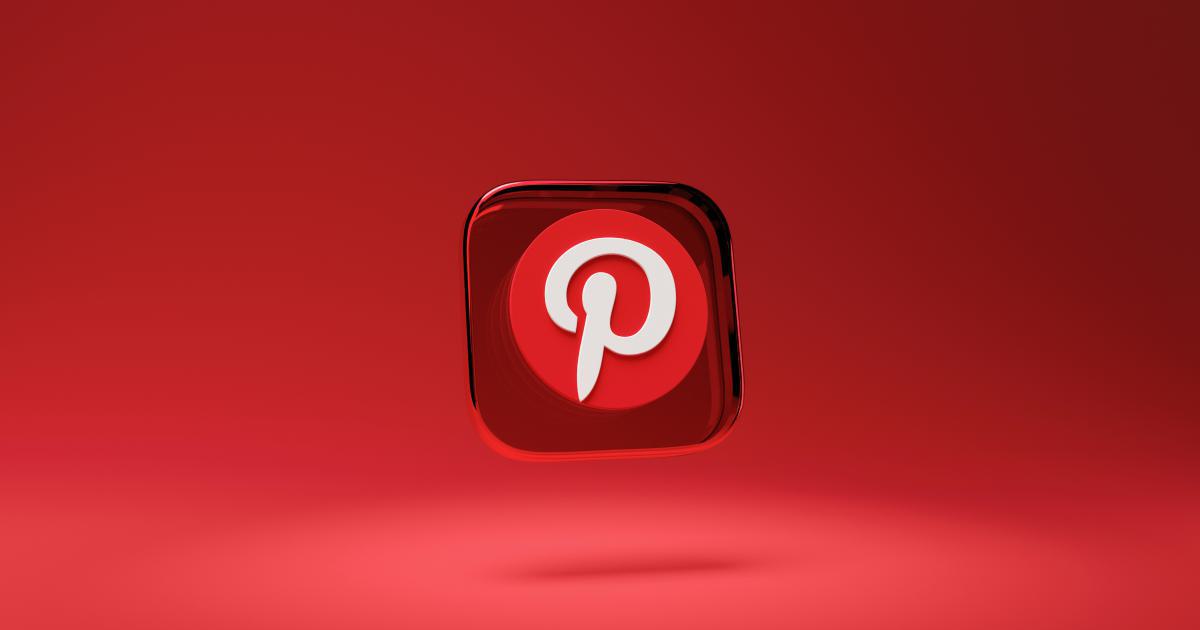How to Seamlessly Integrate Email Marketing with Content


Unlock the Power of Email Marketing and Content Synergy
In today's digital landscape, where attention spans are fleeting and competition for audience engagement is fierce, the seamless integration of email marketing and content has become a powerful strategy for businesses to stand out, build lasting relationships, and drive meaningful results.
Email marketing and content marketing are often viewed as separate disciplines, each with its own set of tactics and goals. However, when executed cohesively, these two powerful tools can amplify each other's impact, creating a synergistic effect that elevates your marketing efforts to new heights.
In this comprehensive guide, we'll explore the key principles and strategies for integrating email marketing and content to achieve a more cohesive, effective, and impactful marketing approach. Whether you're a seasoned marketing professional or just starting your journey, this article will equip you with the insights and practical tips to elevate your digital marketing game.
Aligning Email and Content Strategies
Understanding the Complementary Roles of Email and Content
Email marketing and content marketing serve different, yet complementary, functions in your overall marketing strategy. While email marketing is often focused on direct communication, lead nurturing, and driving immediate action, content marketing aims to educate, engage, and build long-term relationships with your audience.

When these two disciplines work in harmony, they can create a powerful feedback loop that amplifies their individual strengths. Content can fuel your email campaigns with valuable, informative, and engaging material, while email can effectively distribute and promote your content, driving more traffic, leads, and conversions.
Aligning Your Goals and KPIs
The first step in seamlessly integrating email and content is to align your goals and key performance indicators (KPIs) across both channels. This ensures that your efforts are working towards a common purpose and that you can effectively measure the impact of your integrated approach.
Some common goals that can be aligned between email and content marketing include:
- Increasing brand awareness and thought leadership
- Generating high-quality leads and nurturing them through the sales funnel
- Driving website traffic and engagement
- Improving customer retention and loyalty
- Boosting conversions and revenue
By setting shared objectives and defining relevant KPIs, such as open rates, click-through rates, lead generation, and content engagement metrics, you can better track the performance of your integrated email and content marketing initiatives.
Developing a Cohesive Content Calendar
Creating a comprehensive content calendar that aligns your email and content marketing efforts is crucial for achieving seamless integration. This calendar should include:
- Content Topics and Themes: Identify the key topics, themes, and storylines that will resonate with your target audience and support your overarching marketing goals.
- Content Types and Formats: Determine the most suitable content formats, such as blog posts, videos, infographics, and webinars, to deliver your message effectively.
- Email Campaigns and Touchpoints: Map out your email marketing campaigns, including promotional emails, nurture sequences, and newsletters, and integrate them with your content releases.
- Promotion and Distribution: Plan how you will promote and distribute your content, both through email and other channels, to maximize visibility and engagement.

By aligning your content and email plans, you can ensure a cohesive and seamless experience for your audience, where each piece of content and email campaign complements and reinforces the other.
Creating Compelling Content for Email Engagement
Crafting Attention-Grabbing Email Subject Lines
The subject line is the first and perhaps most crucial element of your email that determines whether it will be opened and engaged with. Crafting compelling subject lines that capture your audience's attention is essential for driving higher open rates and, ultimately, better overall email performance.
When writing subject lines, consider the following best practices:
- Personalization: Incorporate the recipient's name or other personalized details to make the email feel more tailored and relevant.
- Urgency and Scarcity: Use language that creates a sense of urgency or scarcity, encouraging the reader to take immediate action.
- Curiosity and Intrigue: Pique the reader's curiosity with intriguing teasers or questions that compel them to open the email.
- Benefit-Driven: Focus on highlighting the value or benefit the reader will receive by opening the email.
- Brevity and Clarity: Keep subject lines concise, typically 50 characters or less, to ensure they are visible and easy to understand.

By crafting subject lines that are personalized, compelling, and value-driven, you can significantly improve your email open rates and set the stage for more meaningful engagement.
Developing Engaging Email Content
Once you've captured your audience's attention with a strong subject line, it's time to deliver on the promise and provide them with valuable, engaging content within the email itself. This content should seamlessly integrate with your broader content marketing strategy, reinforcing your brand's messaging and positioning.
Here are some best practices for creating engaging email content:
Personalization and Relevance: Tailor the content to the recipient's interests, behaviors, and stage in the customer journey. Leverage data and segmentation to ensure your emails are as personalized as possible.
Informative and Educational: Position your emails as a valuable resource by providing your audience with informative, educational, and actionable content that addresses their pain points and helps them achieve their goals.
Storytelling and Emotional Connection: Incorporate storytelling elements and create an emotional connection with your readers. Highlight customer success stories, industry insights, or personal anecdotes to build rapport and trust.
Multimedia Integration: Incorporate a variety of content formats, such as images, videos, infographics, and interactive elements, to make your emails more visually appealing and engaging.
Clear Calls-to-Action: Provide clear and compelling calls-to-action (CTAs) that encourage the reader to take the next step, whether it's visiting your website, downloading a resource, or making a purchase.

By focusing on personalization, value-driven content, and a cohesive user experience, you can create email campaigns that seamlessly integrate with your broader content marketing efforts and drive meaningful engagement and conversions.
Leveraging User-Generated Content (UGC)
User-generated content (UGC) can be a powerful tool for integrating email and content marketing. By incorporating UGC into your email campaigns, you can create a more authentic, relatable, and engaging experience for your audience.
Some ways to leverage UGC in your email marketing include:
- Customer Testimonials and Reviews: Share positive feedback, product reviews, and success stories from your customers to build social proof and trust.
- User-Created Images and Videos: Showcase user-generated visuals, such as product photos or customer-created videos, to showcase real-world use cases and experiences.
- Social Media Mentions and Interactions: Highlight social media posts, comments, and interactions that mention your brand or products to foster a sense of community and engagement.

By seamlessly integrating UGC into your email campaigns, you can create a more authentic and engaging experience for your audience, while also reinforcing the credibility and social proof of your brand.
Optimizing Email and Content for Maximum Impact
Aligning Email and Content Messaging
Ensuring a consistent and cohesive messaging across your email and content marketing efforts is crucial for creating a seamless user experience and strengthening your brand's identity. This alignment helps to reinforce your key messages, positioning, and value proposition, making a lasting impression on your audience.
When aligning your email and content messaging, consider the following:
- Brand Voice and Tone: Maintain a consistent brand voice and tone that resonates with your target audience, whether it's in your email copy, blog posts, or social media content.
- Key Messaging and Value Proposition: Ensure that the core messaging, value proposition, and positioning are consistently communicated across all channels.
- Thematic Consistency: Align the topics, themes, and storylines featured in your email campaigns and content marketing to create a cohesive narrative.

By aligning your email and content messaging, you can create a seamless and memorable brand experience that helps to build trust, credibility, and ultimately, stronger customer relationships.
Optimizing for Mobile Responsiveness
In today's mobile-first world, optimizing your email and content for seamless mobile experiences is critical. With the majority of email and web content being accessed on smartphones and tablets, ensuring your campaigns and assets are visually appealing and user-friendly on these devices is essential.
When optimizing for mobile responsiveness, consider the following best practices:
- Responsive Design: Implement responsive design techniques to ensure your emails and web content automatically adapt to various screen sizes and devices, providing an optimal viewing experience.
- Concise and Scannable Content: Create content that is easy to read and digest on the go, with short paragraphs, clear headings, and strategic use of white space.
- Prominent Calls-to-Action: Place your calls-to-action (CTAs) in prominent, easy-to-tap locations to encourage mobile users to take the desired action.
- Optimized Images and Media: Ensure that your images, videos, and other media elements are properly sized and optimized for fast loading on mobile devices.

By optimizing your email and content for seamless mobile experiences, you can improve user engagement, reduce bounce rates, and increase the overall effectiveness of your integrated marketing efforts.
A/B Testing and Continuous Optimization
Continuous optimization is the key to unlocking the full potential of your integrated email and content marketing strategy. By regularly testing and analyzing the performance of your campaigns, you can make data-driven decisions to refine and improve your approach over time.
Some essential A/B testing and optimization techniques include:
- Subject Line and Email Content Optimization: Test different subject line variations, email copy, and content formats to identify the most effective approaches.
- Landing Page and Content Optimization: Continuously test and optimize your landing pages, content layouts, and calls-to-action to improve conversion rates.
- Segmentation and Personalization: Experiment with different segmentation strategies and personalization techniques to enhance the relevance and impact of your campaigns.
- Timing and Frequency Optimization: Analyze the optimal send times and email cadence to maximize open rates, click-through rates, and engagement.

By embracing a data-driven, iterative approach to optimizing your integrated email and content marketing efforts, you can continuously improve the performance and ROI of your overall marketing strategy.
Measuring Success and Demonstrating ROI
Measuring the success of your integrated email and content marketing efforts is crucial for demonstrating the value of your work and securing ongoing support and investment from stakeholders.
Defining Meaningful Metrics and KPIs
When measuring the success of your integrated approach, focus on a balanced set of metrics that capture both the quantitative and qualitative aspects of your campaigns. Some key metrics to consider include:
- Email Metrics: Open rates, click-through rates, conversion rates, list growth, and unsubscribe rates.
- Content Metrics: Pageviews, unique visitors, time on page, bounce rate, social shares, and lead generation.
- Integrated Metrics: Cross-channel engagement, content-to-lead conversion rates, and overall return on investment (ROI).

By aligning these metrics to your overarching marketing goals, you can paint a holistic picture of the impact and effectiveness of your integrated email and content marketing efforts.
Demonstrating the Value and ROI
To effectively demonstrate the value and return on investment (ROI) of your integrated approach, you'll need to collect, analyze, and interpret the data from your various marketing channels. This may involve leveraging marketing automation tools, customer relationship management (CRM) systems, and web analytics platforms to gather the necessary insights.
When presenting your findings, focus on highlighting the tangible business impact, such as:
- Increased Revenue and Sales: Demonstrate how your integrated campaigns have driven incremental revenue, sales, and conversions.
- Improved Customer Engagement: Showcase metrics that indicate stronger customer engagement, such as higher open rates, click-through rates, and content shares.
- Enhanced Brand Awareness and Thought Leadership: Highlight how your content and email marketing have contributed to increased brand visibility, authority, and industry recognition.
- Operational Efficiencies: Demonstrate how your integrated approach has led to more efficient marketing processes, reduced costs, and better resource allocation.

By clearly articulating the value and ROI of your integrated email and content marketing efforts, you can secure ongoing support and investment from stakeholders, enabling you to continue optimizing and scaling your successful marketing strategy.
Conclusion
Integrating email marketing and content marketing is a powerful strategy that can elevate your overall marketing efforts, driving increased engagement, lead generation, and revenue growth. By aligning your goals, creating compelling content, optimizing for maximum impact, and measuring success, you can unlock the synergistic potential of these two complementary disciplines.
Remember, the key to seamless integration lies in adopting a holistic, data-driven approach that continuously refines and improves your marketing strategy. By embracing this integrated mindset, you'll be well on your way to achieving exceptional results and positioning your brand as a trusted industry leader.